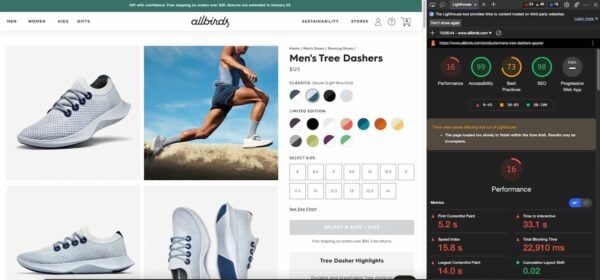Having your own Shopify theme built might not be something you start with, but it offers many opportunities to take your store to the next level. With a self-built theme, you are in control, and you get to define what it looks like, what it needs, and how it functions. You can make it as lean or as complex as possible.
Building your theme is a good idea if you reach the limits of what’s possible with a pre-built theme. There’s only so much customization possible in an existing theme — both in a technical as well as a design sense. You have much more control over the conversion optimization options if you do it yourself.
Building your theme is quite complex, though, and you have to think through what you want and need. You need to plan to make sure that you don’t run into issues later on. Of course, it’s possible to go into the nitty-gritty yourself, but there are also agencies out there that can help you get this done. The developer section of Shopify has ample documentation to learn more about building and adapting store themes.
Technical SEO for Shopify
Much of what you should focus on for Shopify SEO in your day-to-day activities is content-focused. You are working on your product descriptions and content marketing, and you won’t be rebuilding your theme every day. Still, there are several things you can do to improve your Shopify store in a technical SEO sense. Let’s go over a couple of highlights.
Optimize your Shopify store for speed
Being a managed platform, Shopify works hard to provide its users with a speedy experience. There’s a lot of focus on speed at Shopify to help their customers quickly improve those all-important loading times. Fast converts!
If your store loads slowly, customers will leave it and try a competitor. Luckily, Shopify has performance high on the list of priorities. For instance, it comes with an automatic content delivery network (CDN) for hosting your content on servers near your customers. In addition, it has an Online Store Speed report that gives you insights into how well your store is performing when it comes to loading speed. For this, Shopify uses Lighthouse to get real-world results on how your store performs.
While Shopify provides a good platform by default, there are other things you can do to speed up your online store. For one, you should pick a highly optimized, lightweight theme — or get one built based on your specifications. Ensure that you properly optimize images on your site and take care not to use too many photos. Discard those sliders — nobody uses these anyway — and don’t install tens of apps that you hardly use.


No comments:
Post a Comment